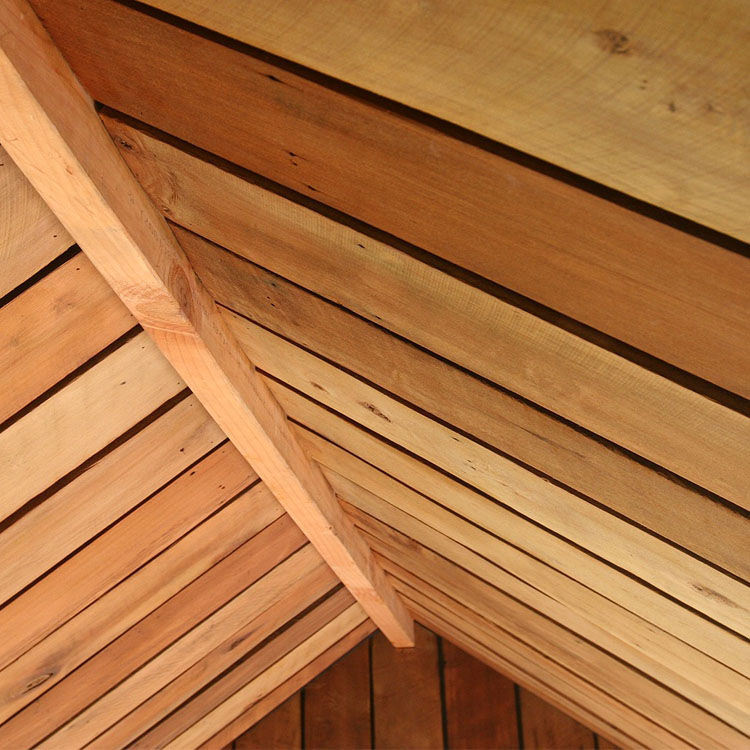How to Inspect a Building

Inspecting the Roof
You can inspect your roof from the outside for signs of bats or other wildlife creatures. If you find excrement on your roof or signs of damage, you may have an unwanted wildlife guest in your attic.
When to Inspect the Roof
Bats are night creatures and will probably only leave your attic after sunset and before sunrise. If you can watch your roof during these times you might be able to see bats flying in and out of your attic. It would be a good idea to set yourself up a good distance away from the house so that you don't startle the bats. If you have a clear view of the roof and eaves from one side and you see no bats, you might need to switch which side of the house you are watching the next time.
Inspection Tools
All you need to perform an outdoor bat inspection at night is a good chair and maybe a pair of binoculars. You'll probably see the bats flying before you hear them. They aren't as loud as in the movies. Follow where the bats are flying to on the roof and inspect that area up close in the daylight to look for possible entry points where they are getting under the shingles and inside the attic.
Inspecting the Attic
Attic inspections can be dangerous if you have bats in the attic, and we recommend contacting a local professional wildlife services company. If you are a do-it-yourself-er, then we urge you to take caution. Not only can bats be physically dangerous, but there are health risks associated with interacting with live bats or being near nesting materials. Their waste also has the potential to harm you.

Identifying Bat Feces
Bat feces is not unlike other wildlife excrement. It is usually a dark brown or black color and less than 3cm in length. It will have a pinch at the end and smell awful. Bats are dirty animals and will poop in the area that they nest in. Large quantities of bat waste will not be recognizable until you get close, and look like a large collection of dust or a stain on insulation. Do not touch bat feces or breath the air around it. If you have bat feces in your attic that is dry and brittle looking, then it has been there for a while. If the guano appears wet or fresh, the bats may still be in the attic.
Looking For Entry Points
If you do your inspection during the day time, you will have a better chance at finding where the bats are coming into your attic. If you see light shining through anywhere, you've found your point of entry. Look for dirt stains and holes in your roof. Bats like to hide where the soffit and fascia meet too, so check in that area as well. When you did your outdoor inspection, if you saw any damage to the fascia board or soffit, that could be where they are getting into your attic too. Be thorough as much as you are careful during this inspection.
